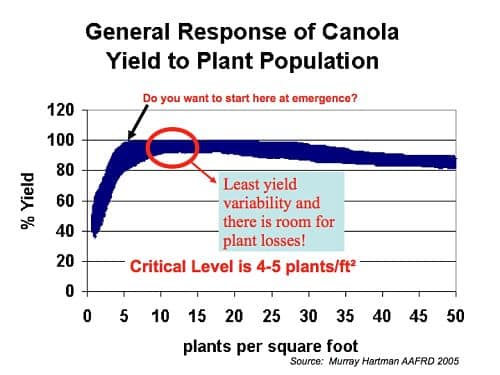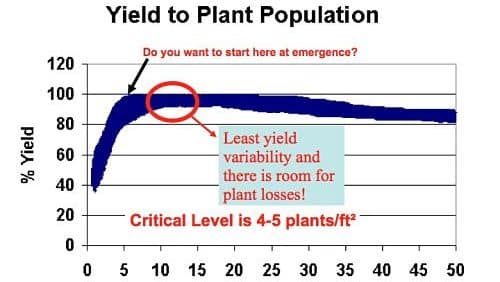You can often tell the condition of a crop the day after a frost. It may have survived without any damage, in which case you may not have to worry. Or, if most of the plants are black and bent over, it may be clear that serious losses have occurred. But does that mean the field should be reseeded? The answer to that question is rarely so clear the day after a frost — which is why waiting 3-4 days can help.
Patience is most important when the extent of damage is questionable and you’re struggling with the decision to reseed. It takes several days to allow new growth to be visible, which is the only way to accurately determine the proportion of plants that will survive.
Even if 1-2 plants per square foot survive, that thin stand can have more yield potential than a reseeded crop that will take a week to emerge. At this date, a week adds significantly to the risk of fall frost losses. If growers do decide to reseed, click here for steps to speed emergence and shorten maturity.
Another reason to wait: With recently emerged crop, growers may find that a sizable percentage of the stand had still not emerged when the frost hit. While losses may be high for emerged plants, the late-emerging plants could fill in to provide a stand with earlier maturity and better yield potential than a reseeded crop.
Crop insurance wild card. While 1-2 plants per square foot may be enough for a decent yield, crop insurance may choose to write off a stand that thin. However note that in 2011, SCIC in Saskatchewan created a new establishment plant count category for hybrid canola. The “choice range” for hybrid canola is from 12-40 plants, which is wider than the range for open pollinated canola. If a Saskatchewan grower chooses to leave a crop with plant counts in this range it would be carried to full yield loss coverage. If the grower chooses to reseed a crop in this range, they would be paid the establishment benefit. Check with the local insurance office for the policy in your province.

